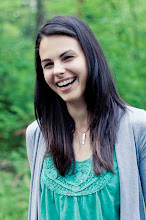
Each Friday, the children in the wind group experience a different art technique. Today we used chalk pastels and white paint to create an ocean scene. There are two important steps when using chalk pastels and white paint. The first step is to draw the desired scene with chalk and the second step is to dip a finger in white paint and to spread it over the chalk. The friction, between the paint and chalk, enables the colour to spread and creates a smooth surface.














































